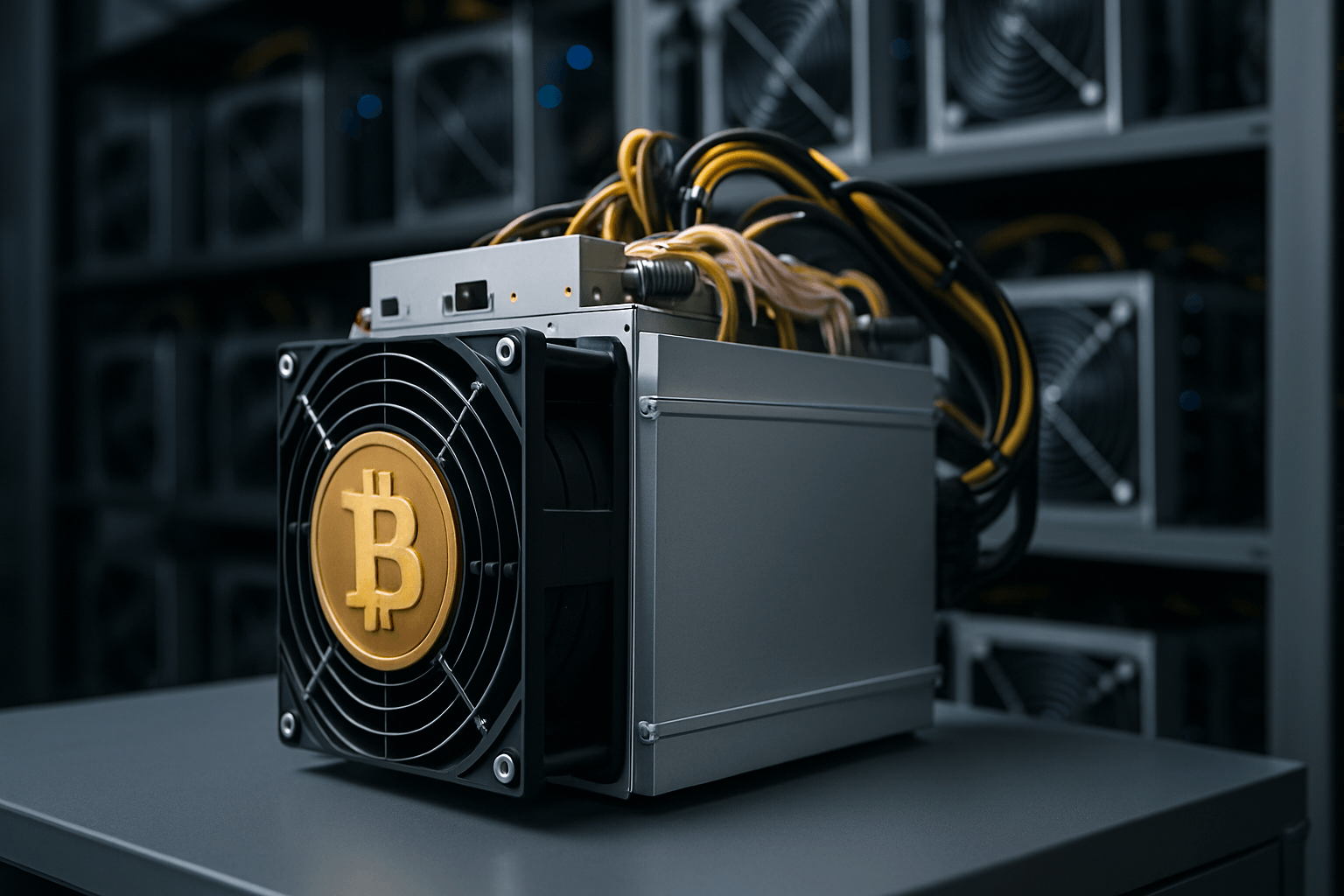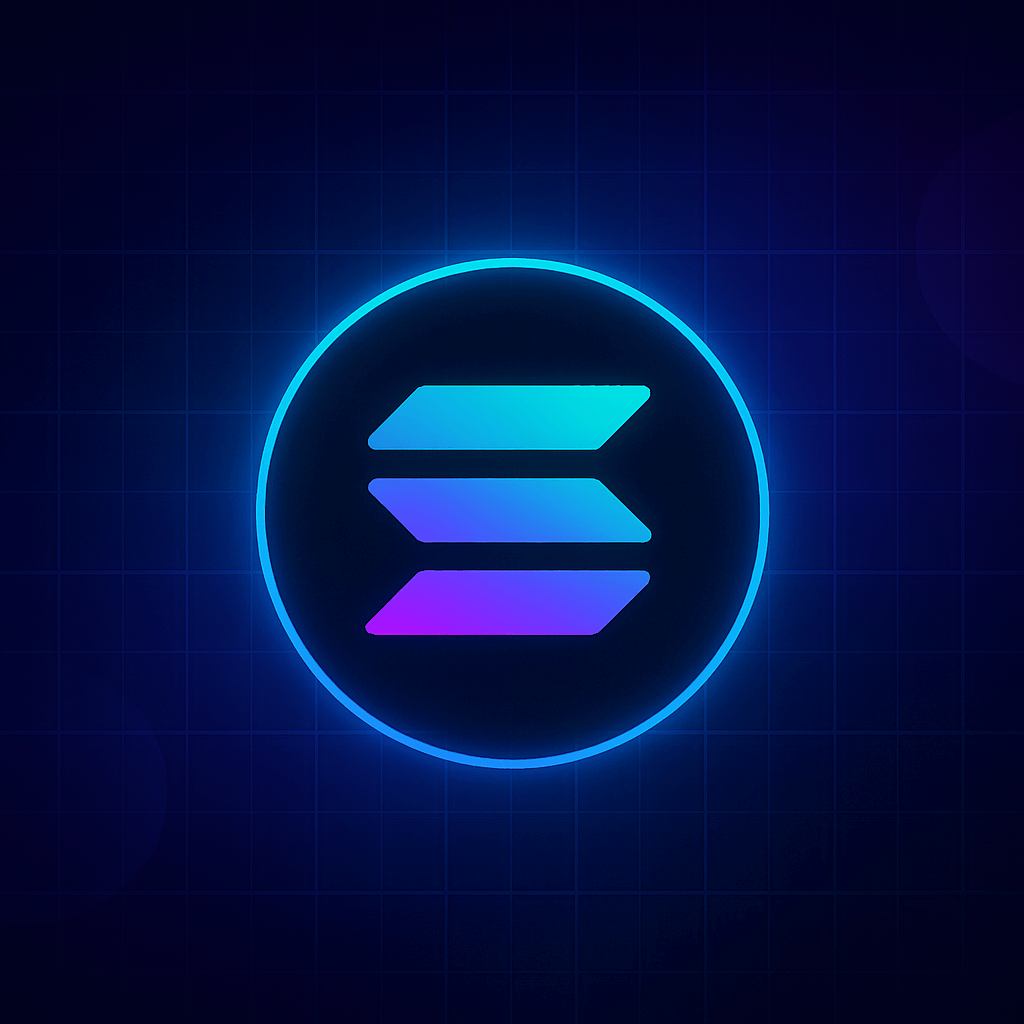Borrowing
DeFi Loans: The Terms You Should Know
January 07, 2024
Borrowing
January 07, 2024

Familiarize yourself with the terms and definitions you need to understand to take out a DeFi loan.
DeFi loans are a powerful way to access the benefits of DeFi (decentralized finance), but they also require a solid grasp of concepts and terms, some of which can get technical.
In this guide, we will cover the key concepts you need to know before participating in DeFi lending and borrowing. By the end, you should be ready to take on DeFi loans confidently, make smart borrowing choices, and unlock the full potential of this powerful financial ecosystem. Let's get to it!
In this section, we will cover some of the top DeFi loan keywords that are related to the basic features and parameters of DeFi loans and DeFi lending platforms. These keywords relate to the loan amount, duration, interest rates, and collateral. Understanding terms like these will help you compare and choose the best DeFi loan option for your needs and goals. The keywords we cover below are:
Loan collateral represents the assets that a borrower offers to a lender in order to secure a loan. In the context of DeFi loans, collateral is usually in the form of digital assets that are locked in a smart contract until the loan is repaid. Collateral serves two main purposes:
Risk Mitigation for Lenders: If a borrower defaults, the lender can seize the crypto assets put up as collateral, thereby reducing potential losses.
Borrower Incentives: Collateral incentivizes borrowers to repay their loans on time and avoid liquidation, which is the process of selling the collateral to cover the loan amount.
There are various types of assets that can be used as collateral in DeFi loans, but borrowers mainly supply cryptocurrencies as collateral. These are liquid, fungible, and easy to transfer. Examples of cryptocurrencies used as collateral include bitcoin (usually in the form of wrapped bitcoin), ether, DAI, USDC, and others.
On some DeFi lending platforms, borrowers can also use other tokenized digital assets such as non-fungible tokens (NFTs) as loan collateral.
A key concept of DeFi lending protocols is the collateralization ratio.
This is the ratio between the loan amount and the value of the collateral and it determines the maximum a borrower can take out. For example, if a borrower locks $100 worth of ETH as collateral and takes out a $50 loan, the collateralization ratio is 2 (because there is twice as much collateral as the loan amount).
In the volatile world of digital assets, DeFi lending protocols usually require over-collateralization.
This means that borrowers have to lock up more collateral than they are borrowing. This protects lenders and ensures there's always enough funds to repay the entirety of the loan in case borrowers default. In most cases, DeFi lending platforms will use the term Loan-to-Value Ratio (LTV) instead of collateralization ratio.
The LTV (Loan-to-Value Ratio) is a metric that measures the ratio between the loan amount and the collateral value in a DeFi loan. It is expressed as a percentage and indicates how much of the collateral value is being borrowed. For example, if a borrower locks $100 worth of ETH as collateral and obtains a $50 loan, the LTV is 50%.
LTV is important because it determines the maximum loan amount that a borrower can get based on the value of their collateral. In DeFi, lenders usually indicate the maximum LTV on a per-asset basis. The higher the allotted LTV, the more money the borrower can borrow, and vice versa.
The loan-to-value ratio also affects the risk and cost of the loan.
LTV makes a big difference in costs and risks for both borrowers and lenders. These depend on the volatility of the collateral value and the liquidation threshold of the DeFi lending platform.
- Volatility: The higher the volatility, or price fluctuation, of an asset used as collateral, the more risky the loan. If the collateral's market value drops, the LTV will increase, and the borrower may face liquidation. If the collateral's market value rises, the LTV will decrease, and the borrower can borrow more.
- Liquidation Threshold: This is the maximum LTV that a borrower can have before their collateral is sold to repay the loan. The lower the liquidation threshold, the more conservative the DeFi lending platforms are, and the less risk the lender is willing to take. For example, if the liquidation threshold is 75% on a given loan, the borrower's collateral will be liquidated when the loan LTV reaches 75%.
It's critical for borrowers and lenders alike to understand the concept of loan-to-value and how various LTV ratios are determined. In a decentralized finance lending market, LTV limits can make or break the loan APR for the borrower and annual percentage yield (APY) for the lender.
It's also critical to understand the payment options for your DeFi loan.
There are two main types of payment options or payment structures in DeFi loans: fixed intervals and lump-sum payments.
- Fixed intervals: This means that borrowers pay a regular amount of money (principal and interest) to lenders at specified time periods, such as monthly or quarterly. This payment structure helps borrowers plan their cashflow and budget accordingly. However, it also requires borrowers to have a stable income and enough regular liquidity to meet their obligations.
- Lump-sum payments: Lump sum payments require the entire loan amount (principal and interest) to be paid at the end of the loan term — which may be undefined in many cases. This payment structure gives borrowers more flexibility and allows them to use their funds for other purposes until the due date. However, it also exposes borrowers to the risk of default if they cannot afford to repay the loan in full.
The flexibility of DeFi loan payments is a significant step above the rigid repayment schedules found in traditional financial systems. Many DeFi lending platforms allow borrowers to pick their own repayment schedules. However, this flexibility requires financial discipline on the part of borrowers to ensure they manage accumulated interest and keep their loan over-collateralized to avoid liquidations.
Just like in the traditional financial system, interest rates or Annual Percentage Rate(s) (APRs) are used to indicate the cost of borrowing funds in DeFi. Interest represents the extra amount borrowers pay on top of the fixed sum they borrow (the principal). In DeFi loans, the interest stacks (known as "compound interest") so the longer you keep your loan outstanding, the more interest you will pay.
In decentralized finance, several major factors influence rates:
- Market Conditions: Interest rates are influenced by broader market trends, reflecting changes in supply, demand, and economic conditions.
- Platform Policies: Each platform sets particular lending policies usually decided by its DAO governance, impacting the rates offered to borrowers.
- Borrowed Assets: Assets more in demand to be borrowed will usually have a higher interest rate.
The loan term is the length of time a borrower has to repay the loan.
In DeFi lending, there are various loan term options available, ranging from short-term to long-term loans.
- Short-Term Loans: Typically range from a few weeks to a few months, offering quick access to funds with faster repayment obligations.
- Long-Term Loans: Most DeFi loans are long-term. These can extend over months or even years, providing more extended repayment periods but potentially accruing higher overall interest.
Understanding the tradeoffs of various loan terms enables borrowers to strategize according to their financial circumstances.
In DeFi lending platforms, liquidation occurs when the value of the collateral falls and the loan LTV rises above a critical threshold. This triggers an automated process where the lending platform sells off the collateral to recover the outstanding loan amount.
Liquidation is a last resort, and borrowers should take steps to avoid it at all costs. Liquidation causes:
- Loss of Collateral: Upon liquidation, the DeFi lending platform sells the collateral immediately, resulting in a loss of all the crypto assets the borrower put up.
- Additional Fees: Borrowers usually incur fees related to the liquidation process, with the most common being liquidation fees.
- Potential Tax Liabilities: Based on the jurisdiction, liquidation can result in a potential tax liability from the proceeds of the sale.
Fortunately, with good financial habits, borrowers can stay far away from liquidations and preserve the full value of their collateral:
- Maintain Healthy Ratios: It is crucial to keep your loan-to-value ratio lower than the DeFi lending platform's threshold. Healthy over-collateralization reduces the risk of liquidation.
- Regular Monitoring: Continuous monitoring of current collateral values helps borrowers anticipate LTV dangers and avoid potential liquidations.
- Timely Repayment: Making payments improves the LTV and reduces the chances of reaching the liquidation threshold.
These actions not only reduce the risk of liquidation, they also promote responsible borrowing practices within the DeFi ecosystem. Regular assessment of collateral values and loan status aids in preemptively addressing potential liquidation risks, ensuring you get the most out of your loan without any unexpected surprises.
In this section, we will introduce some more DeFi loan keywords that you should know. These keywords are related to the features, functions, and challenges of DeFi lending. They will help you to understand and evaluate the different aspects of DeFi loans including security, efficiency, transparency, and scalability.
A floating interest rate is an interest rate that fluctuates based on market conditions. It is also known as a variable or adjustable interest rate.
A floating interest rate has both the potential for savings and the risk of increased costs for borrowers. If the market benchmark decreases, the floating interest rate will also decrease, charging the borrower less in interest. However, if the market benchmark increases, the floating interest rate will also increase, meaning the borrower will have to pay more in interest.
It is important for borrowers to understand the market trends that influence floating interest rates. Borrowers should monitor the market benchmark and the frequency of the interest rate adjustments and compare any floating interest rate with potential fixed-rate options which may provide more manageable loans during times of high volatility.
A fixed interest rate is an interest rate that remains constant throughout the loan term. It is also known as a stable or unchanging interest rate.
A fixed interest rate has the advantage of stable payments, which aid in budgeting and financial planning for borrowers. Borrowers know exactly how much interest they have to pay and how much their monthly payments will be. Because of this, they do not have to worry about unexpected changes in the interest rate or the loan amount.
A fixed interest rate might start higher than a variable interest rate, but it provides more stability for borrowers. Borrowers can lock in a fixed interest rate when they initiate the loan and enjoy the same rate until they repay the loan.
Gas fees are transaction fees on blockchain networks, such as Ethereum. They are essential for executing operations like sending or receiving tokens, as well as interacting with smart contracts. They are paid in the native currency of the network, such as ETH.
Gas fees vary based on the network demand. The higher the network demand, the higher the gas fees. The total gas fee for a transaction depends on the current price of gas as well as the complexity of the blockchain operation. Sending tokens to another wallet is not very complex and costs little gas, while minting an NFT requires more computation and comes at a premium.
Users should evaluate gas fees before executing transactions on blockchain networks. They can do this by checking the current and historical gas fees on the network and comparing them with the expected gas fees for their transactions (usually shown in a crypto wallet before executing a transaction).
To optimize the cost, users can initiate transactions during periods of low gas costs or consider transacting on blockchains with cheaper gas fees.
Stablecoins are cryptocurrencies that are pegged to stable assets, such as fiat currencies (e.g. USD or EUR) or commodities (e.g. gold and silver). They are designed to maintain a fixed value relative to their underlying assets.
Stablecoins play a key role in mitigating price volatility, which is a common challenge for cryptocurrencies. Stablecoins provide stability pegged to the value of traditional currencies while also offering the benefits of crypto assets including decentralization, transparency, and efficiency.
One common use for stablecoins is as collateral for crypto loans. As collateral, stablecoins offer security and liquidity for borrowers and lenders, as they do not fluctuate in value and can be easily exchanged.
TVL (Total Value Locked) is the total value of digital assets that are locked in a DeFi protocol. It is measured in USD or in cryptocurrencies, such as ETH or BTC.
TVL is a key metric that measures the adoption and the liquidity of a DeFi protocol. The higher the TVL, the more users and/or funds are participating in the protocol, and the more liquid and active the protocol is.
TVL is also an indicator of the confidence and activity within a decentralized finance platform.
A higher TVL generally signifies that the platform is trusted and attractive to the users. This usually means it generates value for users and may even provide financial returns.
A lower TVL generally signifies that the platform is either newer or may lack trust and appeal to users.
The bright new world of DeFi borrowing comes with heaps of opportunity, but it's also not without complexity. To users who may not even have a crypto wallet yet, taking out a crypto loan may seem like a monumental task.
That's why we created Rocko.
Rocko is a new platform that enables crypto owners to easily and securely borrow from popular DeFi protocols like Aave, Compound, and Morpho and get funds in minutes — no experience needed! Use the loan to purchase real estate, pay down higher-rate debt, make everyday purchases, and much more.
Rocko also provides a loan management dashboard and tools like text and email alerts to help manage your loan and collateral. The Rocko team consists of experienced crypto enthusiasts who are ready to help you with any questions you may have. You can join the Rocko Discord server, follow our Twitter account, or visit our resource center to learn more about DeFi borrowing.
Sign up for Rocko and get a loan today!
Rocko does not guarantee the reliability of the Site content and shall not be held liable for any errors, omissions, or inaccuracies. The opinions and views expressed in any articles on rocko.co are solely those of the author(s) and do not reflect the opinions of Rocko. The information provided on the Site is for informational purposes only, and it does not constitute an endorsement of any of the products and services discussed or investment, financial, or trading advice. A qualified professional should be consulted prior to making financial decisions.

Crypto & DeFi
Why Borrow Against Staked ETH? Liquid-staking tokens (LSTs) such as stETH, wstETH, cbETH and rETH let you keep earning staking rewards while…
June 17, 2025

Crypto & DeFi
Bitcoin Mining Loans: How to Fund Your Mining Business Bitcoin mining is the backbone of the Bitcoin network—a decentralized process where…
May 07, 2025

Crypto & DeFi
The 5 Best Solana Loan Platforms of 2025 As Solana cements its position as a leading blockchain for high-speed, low-cost DeFi applications…
May 06, 2025